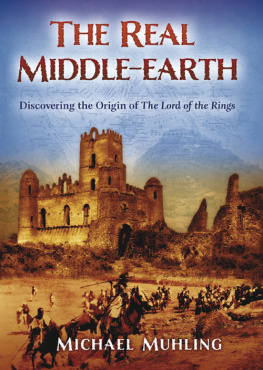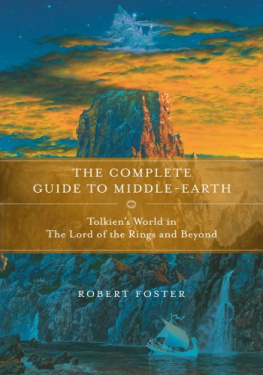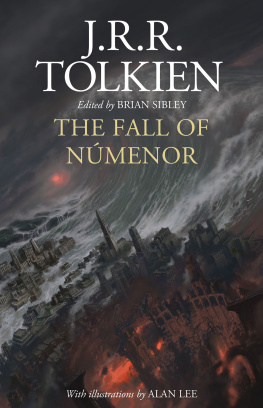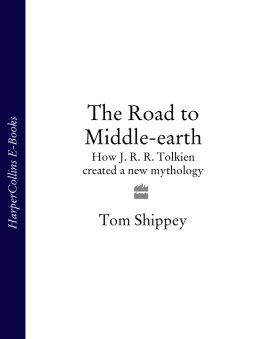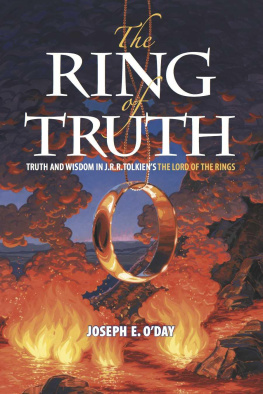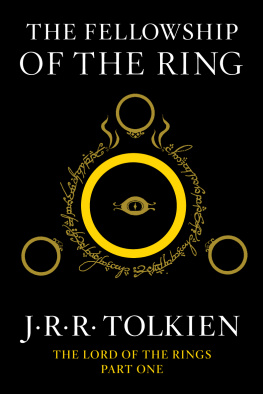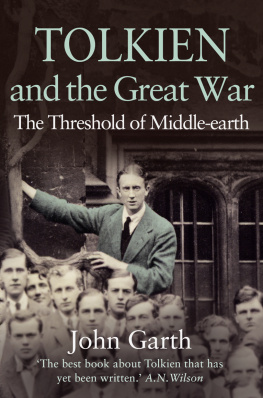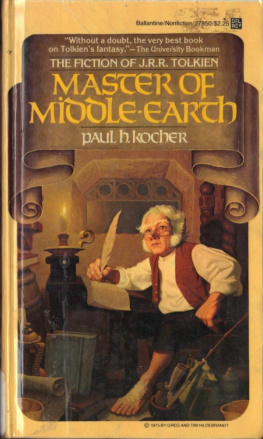New Releases also from Sid Harta Publishers
OTHER BEST SELLING SID HARTA TITLES CAN BE FOUND AT
http://sidharta.com.au
http://Anzac.sidharta.com
***
HAVE YOU WRITTEN A STORY?
http://publisher-guidelines.com



Readers are invited to visit our publishing websites at:
http://sidharta.com.au
http://publisher-guidelines.com/
Kerry B. Collisons home pages:
http://www.authorsden.com/visit/author.asp?AuthorID=2239
http://www.expat.or.id/sponsors/collison.html
email:
Purchase Sid Harta titles online at:
http://sidharta.com.au
The Real MiddleEarth
Discovering The Origin of The Lord of the Rings
Michael Muhling
About the Author

Michael Muhling was born in Perth in 1971. He began reading The Lord of the Rings when he was ten years old, and has been a fan of Tolkien ever since. Mike subsequently became an avid reader of the fantasy genre, but Tolkien remained his favourite author because of the depth and detail in his stories.
Several years ago Mike and his wife began taking a keen interest in Ethiopia, and in 2005 Mike identified the connection between Tolkien and Ethiopia (Abyssinia). Since then they have travelled to Ethiopia three times, thoroughly enjoying its history, culture and hospitality.
Mike lives in Perth, Australia, with his wife and two children.
Published in Australia by Sid Harta Publishers Pty Ltd,
ABN: 46 119 415 842
23 Stirling Crescent, Glen Waverley, Victoria 3150 Australia
Telephone: +61 3 9560 9920, Facsimile: +61 3 9545 1742
E-mail:
First published in Australia January 2013
This edition published 2013
Copyright Michael Muhling 2013
Cover design, typesetting: Chameleon Print Design
The right of A Person to be identified as the Author of the Work has been asserted in accordance with the Copyright, Designs and Patents Act 1988.
The information in this book is based on the authors personal experiences and opinions. The publisher specifically disclaims responsibility for any adverse consequences which may result from use of the information contained herein.
All rights reserved. No part of this publication may be reproduced, stored in a retrieval system, or transmitted, in any form or by any means without the prior written permission of the publisher, nor be otherwise circulated in any form of binding or cover other than that in which it is published and without a similar condition being imposed on the subsequent purchaser.
Muhling, Michael
The Real Middle-earth
ISBN: 9781742982793 (ePub)
Distributed by
Port Campbell Press
www.portcampbellpress.com.au
Conversion by
For Tolla
Preface
I was introduced to JRR Tolkiens The Lord of the Rings by a friend when I was ten years old. I read it that year, the next, and the year after that. I have now read it, The Hobbit and The Silmarillion (which describes the events of the First Age that characters in The Lord of the Rings look back on as being ancient history) many times.
Several years ago my wife and I began taking an interest in Ethiopia (also known as Abyssinia), a country in the Horn of East Africa. We embraced the country, and were keen to learn as much about its history and culture as we could.
While reading about the European castles at Gondar, I was instantly reminded of the realm of Gondor from The Lord of the Rings. Occasionally the popular tourist attractions of Bahir Dar and Harar recalled to mind the Dark Tower of Barad-dr and the southern kingdom of Harad respectively, but it wasnt until I read how the famous rock-hewn churches of Lalibela had previously been known as Roha did I start to take the connections between Abyssinia and The Lord of the Rings seriously. My interest in Abyssinia gained an extra dimension, and I pursued it with greater fervour. The more I read the more connections I found, and the greater my conviction grew that these connections were not mere coincidences.
This book is the result.
I hope you enjoy discovering how Abyssinia was the real Middle-earth, and the origin of Tolkiens The Lord of the Rings.
Contents
1. Inspiration
The Book of the Century
W hen the readers of Waterstones were asked to vote for their favourite book of the twentieth century, twenty-five thousand people responded and one fifth of these voted for The Lord of the Rings to give it the number one spot.
The Waterstones poll was treated with some suspicion, so a new poll was carried out by The Daily Telegraph to determine what their readers favourite book and author was. Again it was The Lord of the Rings and Tolkien respectively. Just two months later the Folio society carried out its own poll, which it restricted to its fifty thousand members. Ten thousand members responded, and Tolkiens The Lord of the Rings came in number one with 3,270 votes. The Lord of the Rings can be described as the greatest book of the twentieth century, and arguably the greatest work of fiction of all time.
The popularity of The Lord of the Rings is further underlined by the fact it has remained a bestseller across the world for more than fifty years since it was first published. By the turn of the century one hundred million copies of The Lord of the Rings had been sold, as had nearly sixty million copies of The Hobbit. The two titles continue to sell around three million copies per year.
Three of the most popular films ever made were based on Tolkiens The Lord of the Rings. The brief video clip made available for the first film was downloaded 1.7 million times in its first day, twice the number of downloads for the first day of Star Wars Episode I: The Phantom Menace. The three TheHobbit films are expected to be just as successful.
Of course, popular books breed spin-offs. In the case of The Lord of the Rings, it has served as the yardstick by which all fantasy books are judged. Indeed in its wake the fantasy genre has risen from obscurity to become one of the most widely read of all literary forms. This has led to the popularity of roleplaying games such as Dungeons and Dragons, and in more recent years a range of computer games based on mythical worlds governed by sword and sorcery.
All this interest inevitably leads to questions about Tolkiens inspiration for his work, especially for The Lord of the Rings. These questions have remained largely unanswered. Even the last page of Tolkiens authorised biography was left asking the following questions:
Where did it come from, this imagination that peopled Middle-earth with elves, orcs, and hobbits? What was the source of the literary vision that changed the life of this obscure scholar? And why did that vision so strike the minds and harmonise with the aspirations of numbers of readers around the world?

